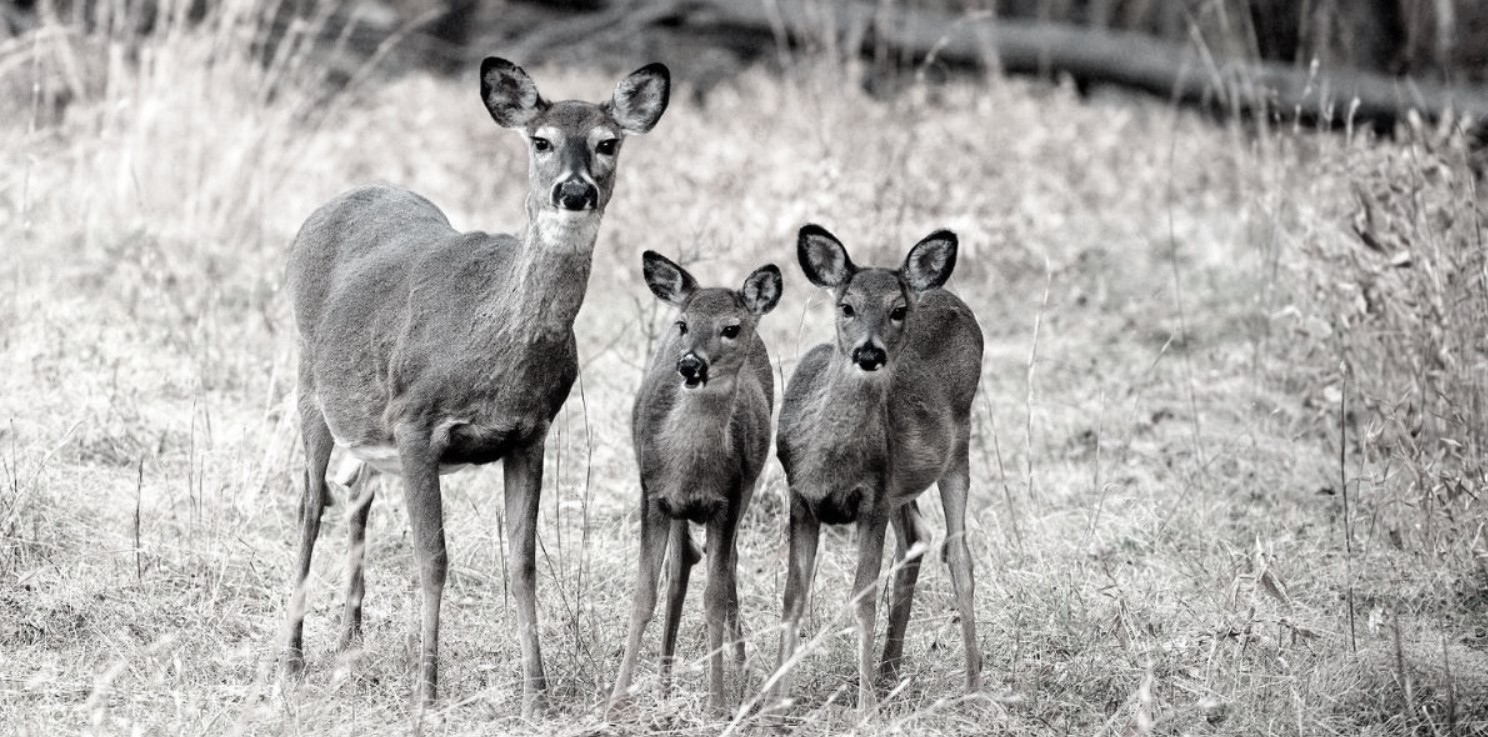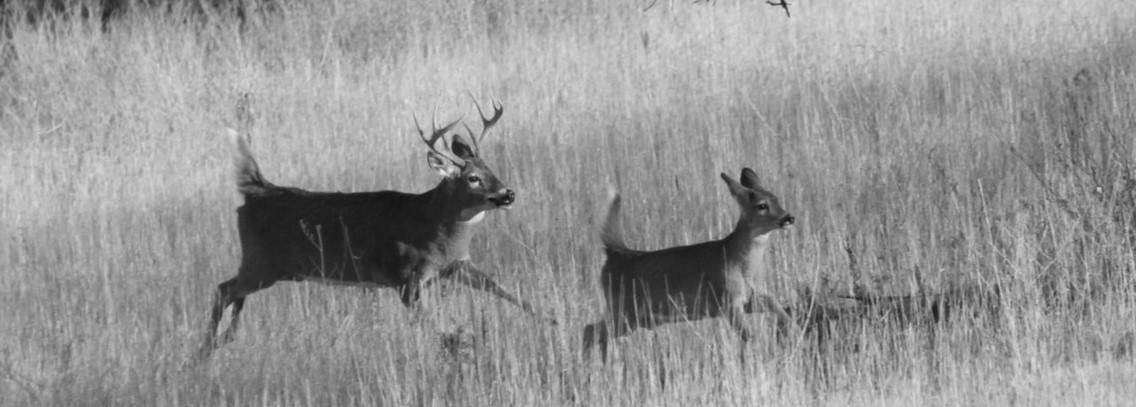Do Fawns Breed? Do Fawns Get Bred?
White-tailed deer are prolific animals. For this reason, people often ask, “Can fawns breed?” It’s a reasonable question, too. Many have witnessed rapid reproduction in deer with populations expanding quickly over short periods. In fact, deer populations often exceed the carrying capacity of habitat in many areas. Too many deer results in degradation of the habitat.
Whitetail populations have the ability to grow rapidly because most adult does give birth twin fawns each year. However, do fawns contribute with more fawns? Do fawns get bred during the breeding season? Okay, so the answers to these questions really depends on a few things that can impact individual deer as well as deer populations.
The primary factors impacting reproduction in deer are age and nutrition. A straightforward answer to these questions is also a little tricky; both yes and no are correct. So, let’s discuss breeding in white-tailed deer and the variables that contribute to whether or not fawns can breed.

Can Fawns Breed in the Fall?
No, fawns generally do not breed in the calendar year in which they are born. However, this does not mean that fawns do not breed. Fawns are defined as young deer, typically less than a year old, and generally are not sexually mature. However, the age at which a white-tailed deer reaches sexual maturity depends a deer’s individual nutrition and body condition.
Fawns are generally still dependent on their mothers and focused on growth and development rather than reproduction. For reference, bucks usually reach sexual maturity at about 1.5 years. However, young bucks are often not dominant enough to mate until they are older and stronger. However, does can become sexually mature around 7 to 8 months if they have good nutrition. So, can fawns breed? Yes. However, they typically breed for the first time in their second year, at about 1 1/2 years of age.
Most white-tailed deer fawns are conceived during the species’ breeding season. The exact timing varies depending on the geographic region but generally occurs in the fall. In most parts of North America, this is generally between October and December. During this time, adult does (female deer) are in estrus (heat) and are receptive to breeding.
Adult and Fawn Breeding Specifics
The peak whitetail breeding season in most of North America, Canada and the United States, tends to peak in November in adult deer. The peak of the breeding season is often referred to by hunters as the rut. In far southern regions, like parts of Texas and Florida, the timing can vary more widely, occurring as early as September or as late as February in adult deer.
Do fawns get bred during the rut? No, fawns generally are not available to be bred during the fall. This has to do with the age and size of fawns. However, doe fawns mature over time and as they increase in size.

Can Fawns Breed: Timing of First Estrus
The gestation period for white-tailed deer is approximately 210 days, or about 6.5 months. This means that most fawns are born in the late spring or early summer, typically May through July. This timing generally enhances the availability of abundant food resources for the mother and the fawn.
If a doe fawn (female fawn) reaches a sufficient body weight (about 70-80 pounds) before the end of the breeding season, she may enter her first estrus and breed when less than one year of age, but this is less common and depends on good nutrition and environmental conditions.
In most cases, first estrus in doe fawns will not occur until very early the following year (January-February). At this point, fawns born in late-May and June will be 7-8 months of age. So, can fawns breed? Yes, but it’s not the norm. In general, fawns born from adult does are conceived during the main rut of their region. However, the fawns of healthy, bred fawns are actually are born a couple months later than peak fawning dates.
Unfortunately, environmental conditions are generally less favorable for both mother and baby in mid- to late-summer, so this reproduction is is likely not additive to the population. So can fawns breed? Yes and no. Doe fawns can breed, but it’s not the norm for all doe fawns to breed, and they are unlikely to contribute additional fawns into the population.